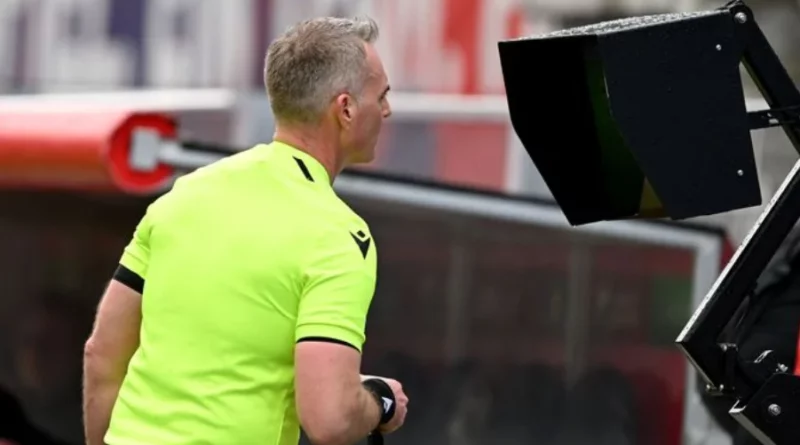What is Semi-Automated Offside Technology and How Does It Affect the Premier League?
The semi automated offside technology (SAOT) will have to wait for its debut in the Premier League as authorities have taken a call to delay its use. According to a report from Sky Sports, the technology that will help in the accurate judgment of offside will not be available at least until the start of 2025. This means the technology that is already in use for the UEFA club competitions will travel to English stadiums in 2024 and will have to wait for the post-Christmas time.
What is Semi automated offside technology?
Semi-automated offside technology (SAOT) is a support tool for video match officials and on-field officials to help them make faster, more reproducible, and more accurate offside decisions.
How does it work?
The new technology uses 12 dedicated tracking cameras mounted underneath the roof of the stadium to track the ball and up to 29 data points of each player, 50 times per second, calculating their exact position on the pitch. The 29 collected data points include all limbs and extremities that are relevant for making offside calls.
Also Read: Premier League VAR Set to Undergo a Significant Change
Semi automated offside technology introduction delayed
According to the report, the Premier League authorities want the technology to be in use with minimum errors and are trying all the possible experiments. Part of the project involves eliminating all the glitches before they are introduced. The authorities are not fully confident in glitch elimination at this stage and are taking no chances in its introduction.
The SAOT was supposed to be in use from October or November and was given the green light by all the Premier League clubs in April. The project involves high-precision in determining the offside call which is operated manually at the current time.
Why Premier League want to avoid glitches?
As things stand, the Premier League wants to be firm with its no-error policy in technology and is trying to work out all possible circumstances in which it withstands accuracy. In June 2020 during a Premier League match between Aston Villa and Sheffield United, Orjan Nyland back peddled after catching Oliver Norwood’s floating free-kick, with replays clearly showing the ball had crossed the line. However, the goal was not awarded as referee Michael Oliver’s watch did not vibrate.
It was later clarified that there was no conclusive image and failed to provide the sensors with the position of the ball and thereby the goal was not allowed. The consequence of the incident was huge as Aston Villa picked a point in that match as the goal was not allowed and later survived the relegation battle on the final day of the season by the same point as Bournemouth were relegated.
